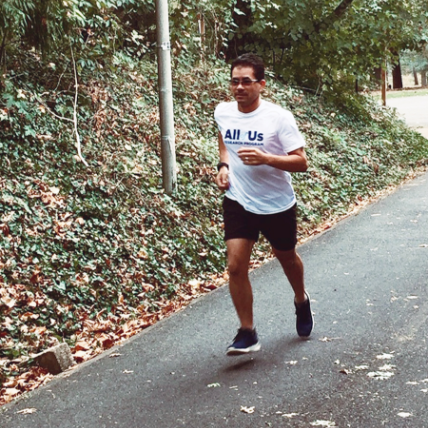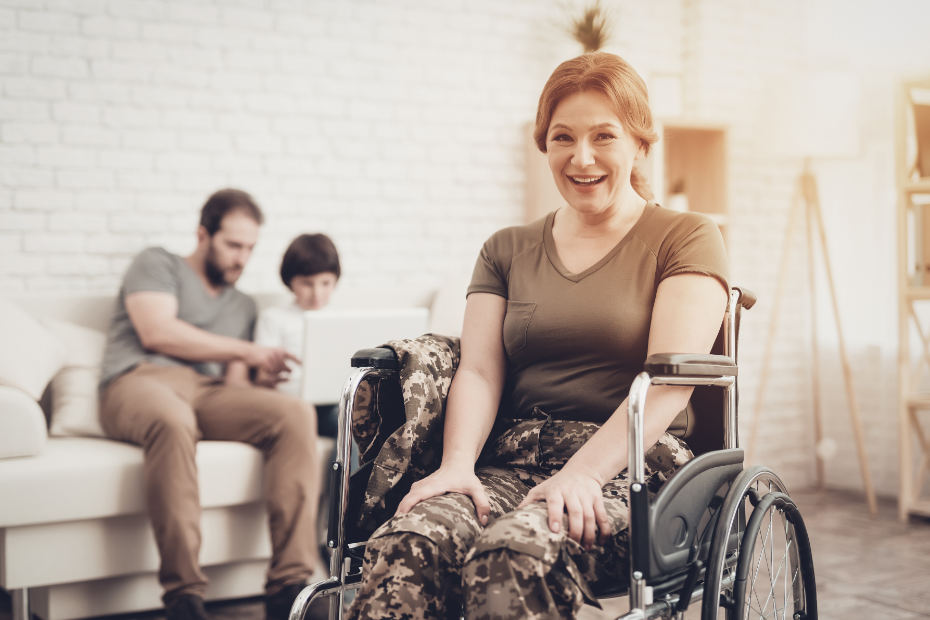

Our website uses cookies, as almost all websites do, to help provide you with the best experience we can. Cookies are small text files that are placed on your computer or mobile phone when you browse websites. LEARN MORE >
Our website uses cookies, as almost all websites do, to help provide you with the best experience we can. Cookies are small text files that are placed on your computer or mobile phone when you browse websites.
Cookies help us:
- Make our website work as you’d expect.
- Provide a message we believe is more relevant to you.
We do not use cookies to:
- Collect any personally identifiable information.
- Collect any sensitive information.
- Pass personally identifiable data to third parties.
You can learn more about all the cookies and the information we collect by reading our Privacy Policy. If you don’t want to use cookies you can either exit the website or change your browser settings.





 Edgar Gil Rico, M.B.A., travels to communities all over the country spreading the word about All of Us. While some people see new towns from their car windows, Edgar prefers to go on foot. “I try to go for a run in every city I visit,” he says. Jogging through a community gives Edgar a close-up view. He can see for himself what it’s like to live in these places every day.
Edgar Gil Rico, M.B.A., travels to communities all over the country spreading the word about All of Us. While some people see new towns from their car windows, Edgar prefers to go on foot. “I try to go for a run in every city I visit,” he says. Jogging through a community gives Edgar a close-up view. He can see for himself what it’s like to live in these places every day. “We understand that culture and environment is something that really affects the Hispanic community,” Edgar says. “Our community is very family oriented. When we first arrive as immigrants, we tend to not live in the best neighborhoods and not have access to health care. We’ve seen the impact of having a family network, a good environment in which to live, access to fresh fruit and vegetables, and a place to walk. These things affect health.”
“We understand that culture and environment is something that really affects the Hispanic community,” Edgar says. “Our community is very family oriented. When we first arrive as immigrants, we tend to not live in the best neighborhoods and not have access to health care. We’ve seen the impact of having a family network, a good environment in which to live, access to fresh fruit and vegetables, and a place to walk. These things affect health.”